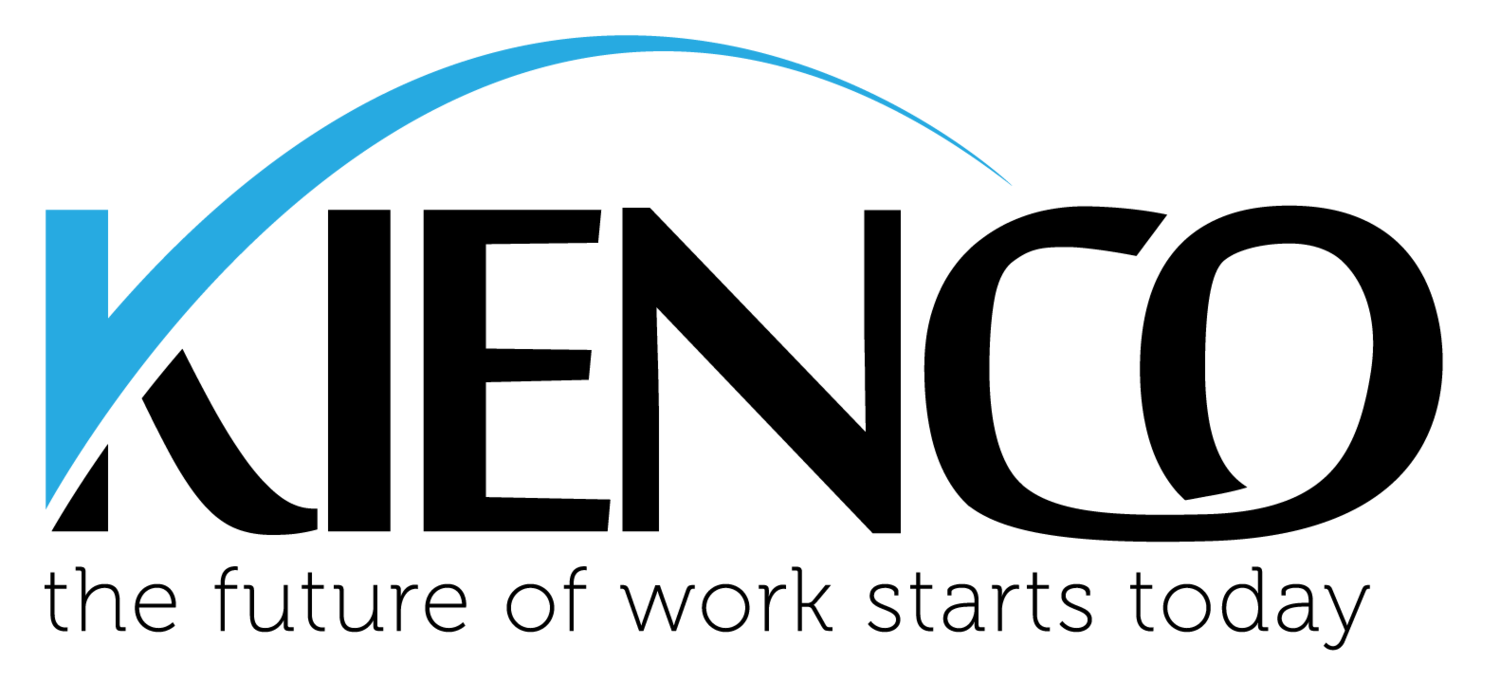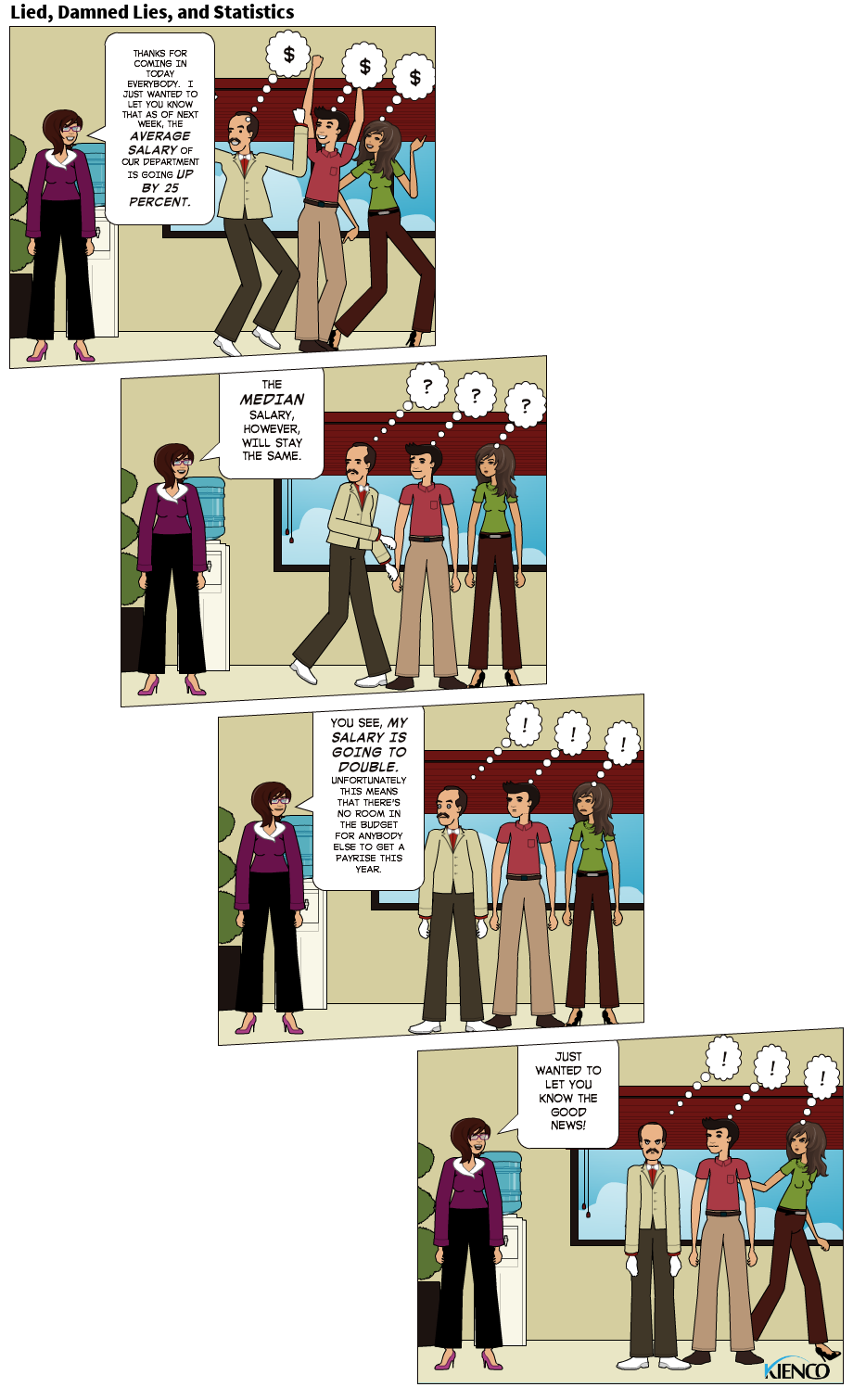Mars One is an initiative to create a human settlement on Mars, with the first crew expected to depart earth in 2024. Although I can't imagine applying to go on a one-way mission to Mars, I'm fascinated by the concept and intrigued by the process.
Needless to say, taking a job like this is no small commitment - you are literally giving your life to your job, and the first crew of four's commitment and preparation will determine the success of a program to colonise another planet. (No pressure).
What's particularly interesting to me is the selection criteria - although there are some age requirements and no doubt health requirements, the five key criteria are Resiliency, Adaptability, Curiosity, Ability to Trust, and Creativity / Resourcefulness. Technical skills can be taught, even on a scientific mission - but the right persona is critical. We see this playing out in all different industries, all round the world - what differentiates a competent member of the workforce from an exception performer is rarely a technical skill - but we typically source for and develop on technical skill alone.
Mars One Way from VITA BREVIS FILMS on Vimeo.
What are the competencies, skills, and personas that separate high performers from everyone else in your workforce? Knowing that, what are you doing to build HR initiatives to stack the deck towards high performance?







